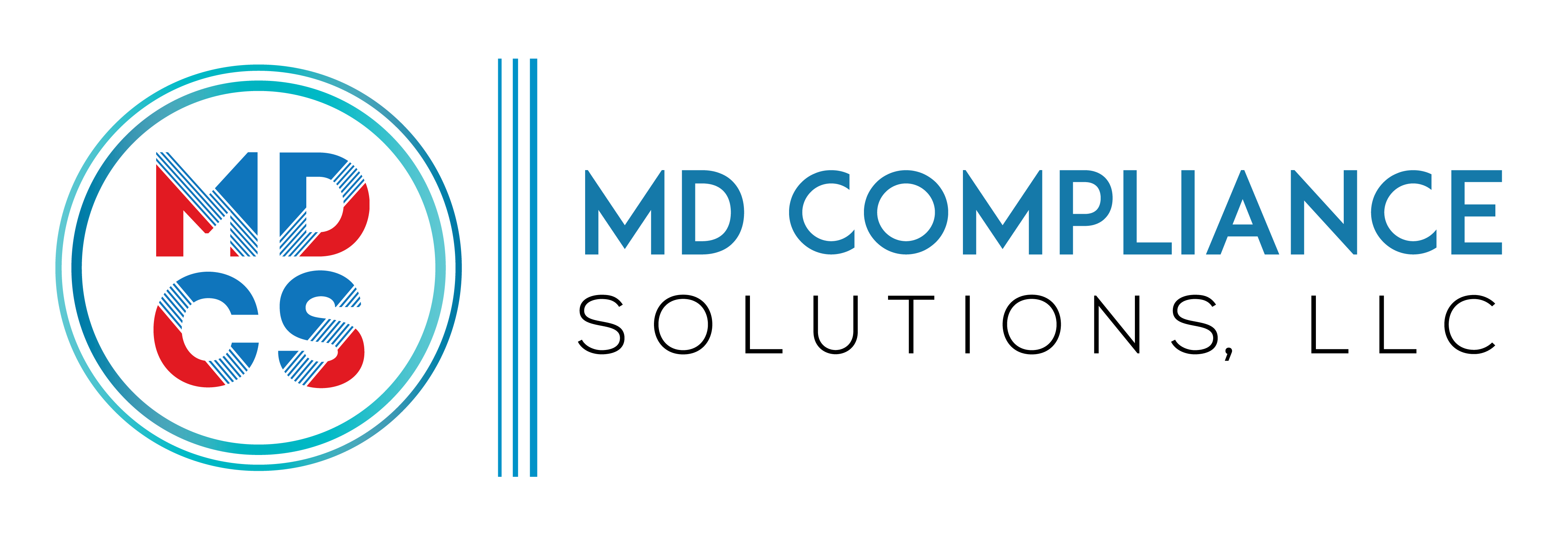Table of Contents
The healthcare field is constantly changing under regulations, this much is known. Capitation in healthcare has gained extensive consideration due to its role in managing costs while enhancing patient care. Changing from the fee-for-service to the fee-for-value paradigm was the largest shift. Fee-for-service billing might be more suitable for urgent or specialized care requirements, while capitation is frequently thought to be more effective for preventative care. Now that they had to concentrate on patient care and get paid appropriately, this sent healthcare professionals into a frenzy. Another form of payment that establishes a predetermined sum that must be given to providers is capitation.
Capitation in healthcare: benefits and drawbacks will be covered in this post.
What is Capitation in Healthcare?
Capitation is a payment model in which the provider receives a predetermined sum of money for each part of time spent with a patient. Based on the number of people participating in the plan, the healthcare provider gets paid a capitation fee under this approach. The capitation rate, capitation premium, or capitation cap are other names for this. It is constant for every patient, regardless of the quantity of healthcare services they receive at any one time. It is not influenced by the number of treatments they receive. Helping healthcare organizations control expenses is the primary goal of capitation.
Local costs and average service use are used to determine capitation rates. As part of the capitation payment, many plans create a risk pool. When the fiscal year comes to a conclusion, the physician has access to the funds in this risk pool. The physician gets paid if the health plan is successful. The money is retained to pay deficit costs in the event of a financial failure.
The capitation model encourages clinicians to concentrate on preventative care in order to minimize unneeded procedures or treatments, whereas the fee-for-service model pays providers according to the quantity of services they give. Under this model, providers get paid for each patient enrolled in the program, therefore they are responsible for managing the cost of care for each individual patient. Capitation consists of four parts:
- An upfront fixed cost is required.
- for the delivery of a certain quantity of services within a predetermined time frame.
- for a predetermined quota of participants.
- Whether or not the patients received treatment at this time.
Health maintenance organizations (HMOs), accountable care organizations (ACOs), and other managed care organizations primarily adopt capitation models. They contract with a network of healthcare providers who agree to deliver services to HMO members for a fixed fee. By establishing a defined upfront payment, it aids healthcare providers in cost management. In an effort to conserve money, they also prioritize offering patients excellent care. As a result, it lowers expenses and enhances patient outcomes. Moreover, PPOs (Preferred Provider Organizations) may use capitation for certain provider networks or specialties.
Capitation Models in Medical Billing
In medical billing, there are three commonly used capitation models:
- Primary agreements require the insurer to pay providers directly for services providing to members.
- Secondary: In this capitation model, a secondary healthcare provider (such as a specialist or lab specialist) is compensated using the provider’s money.
- Global capitation includes all services for a network population.
Pros of Capitation in Healthcare
Capitation in healthcare is a intricate payment method with both advantages and disadvantages. It can be a useful tool for managing healthcare costs, but it is important to consider the possible risks and benefits before implementing it. Capitation in healthcare has numerous advantages for patients, providers, and payers, including:
- Capitation models encourage physicians to prioritize preventative care to minimize unnecessary treatment or care. This improves patient outcomes while reducing expenses and burden on hospital resources. Capitation offers a steady payment schedule; it facilitates improved cost control.
- The capitation approach directs clinicians’ attention toward preventative care, reducing the requirement for redundant treatments or services. This helps to preserve hospital resources while also ensuring proper healthcare service utilization.
- It can assist providers streamline administrative processes while also lowering payers’ claim processing and adjudication expenses. As a result, both payers and providers benefit from lower total costs.
- Technology developments in healthcare are probably going to make capitation more effective and efficient. Predictive analytics, telemedicine, and electronic health records (EHRs) can assist clinicians in monitoring patient outcomes, identifying populations that are more vulnerable, and acting early to avoid expensive problems. Therefore, using these advanced techniques can help simplify the management of sizable patient groups under capitation models.
- Capitation encourages value-based care. As clinicians focus on increasing patient outcomes, service quality and satisfaction improve. The focus shifts from the number to the quality of services.
- Capitation models assist both providers and payers in forecasting their financial performance. This model allows providers to forecast revenue and expenses, and payers to budget their expenses. In a capitation model, providers are more likely to treat patients holistically, putting patient wellbeing ahead of the amount of services provided.
Cons of Capitation in Healthcare
The possibility of receiving inadequate services is one of the main issues with capitation. Thus, it is highly suggested to understand capitation in healthcare may reduce costs and promote value-based care, but it also has downsides, including:
- One significant downside of capitation is the set payout rate. If a healthcare treatment costs more than the fixed payment, the provider may incur a loss, which is particularly concerning for smaller practices or solo practitioners. This is why providers must manage healthcare costs under capitation models.
- The other extreme is that clinicians may begin to prioritize quantity above quality in order to see more patients and generate money. They may speed through appointments to increase revenue while sacrificing excellent care.
- In capitation mode, a practitioner may be driven to use fewer resources to give the care the patient deserves in order to save money. This could suggest that the patient does not receive quality care. Certain capitation agreements address this by providing risk-adjustment payments that account for the unique demands and health status of the patient population.
- The capitation importance is expected to grow as long as healthcare expenses keep rising and attention moves to value-based care. Capitation in healthcare is already a major payment model in several government programs, including Medicare Advantage and Accountable Care Organizations (ACOs). Capitation payment models are being investigated by private insurers as a means of cutting expenses and raising the standard of care.
- The urge to see more patients and lower expenses may lead doctors to avoid treating patients with pricey therapies. This is known as risk selection, and it stops people from obtaining the treatment they deserve. Patients who suffer from chronic diseases or complex medical problems could need more frequent and costly care.
Wrap Up:
Capitation in healthcare attempts to improve treatment quality, lower healthcare costs, and expand patient access to care. This makes it a popular payment method among suppliers. Managing your revenue cycle can be challenging. Use MD Compliance Solutions revenue cycle management today to simplify medical billing and increase revenue. Streamline your operations, increase productivity, and focus on what is most important: providing outstanding patient care while optimizing your financial success. Read More: The Importance of J-Code in Medical Billing

Reference 1,

